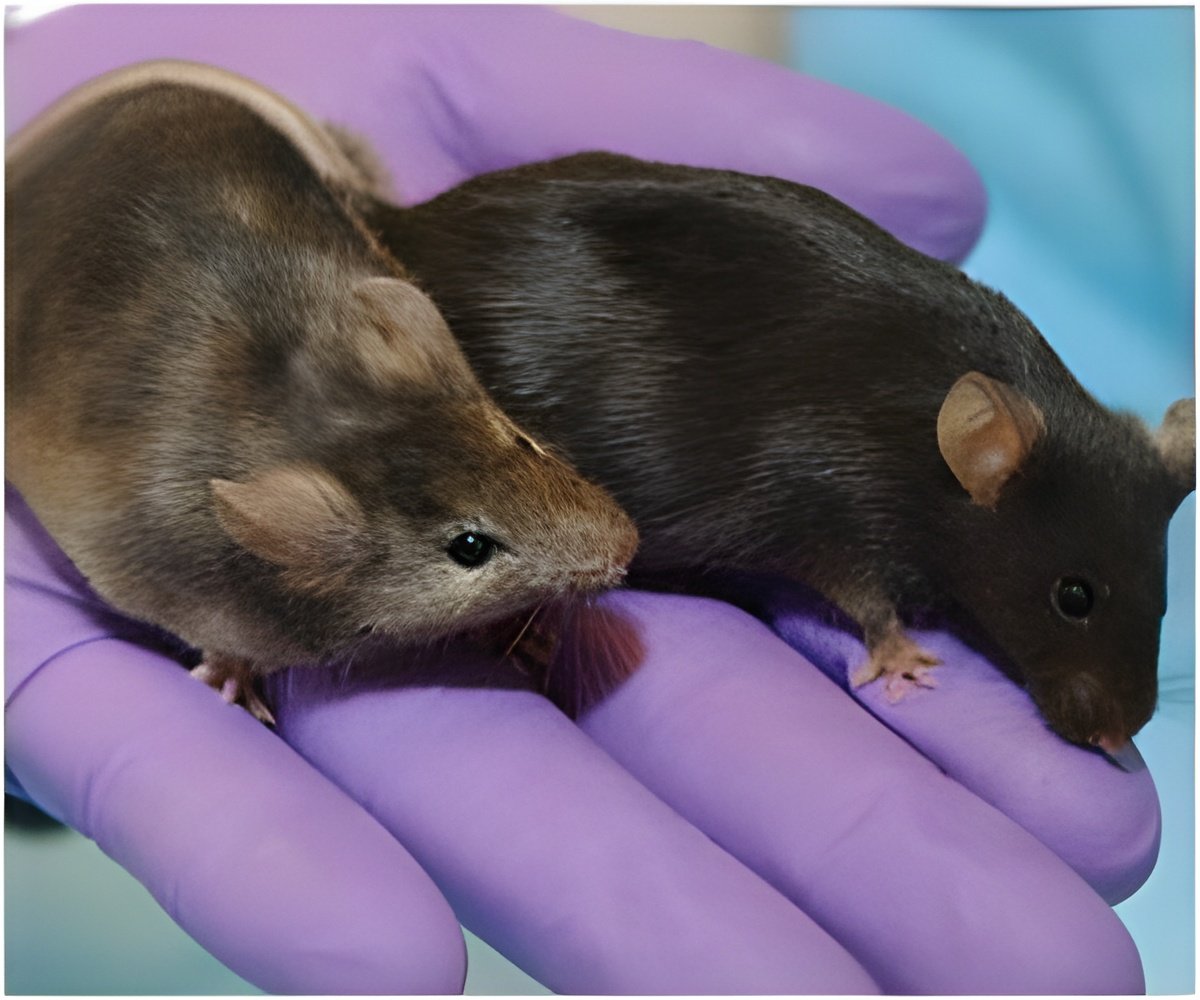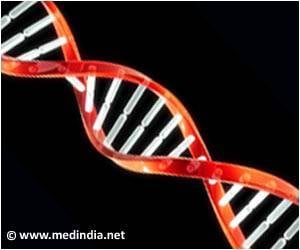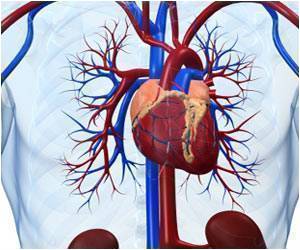
"Given the wide variety of mutations associated with this syndrome, these animal models are important tools for investigating the physical alterations associated with each one of them," says Isabel Hernández-Porras, first author of the study. "That way these models will allow for the development of specific treatments for each mutation and for better clinical follow up of patients."
PRENATAL TREATMENT PREVENTS SYMPTOMS IN MICE
The researchers used a commercial MEK inhibitor in a preventive treatment; the inhibitor was applied to mice with a genetic alteration in K-Ras from the embryonic stage until weaning.
"We saw that all of the developmental alterations disappeared: at the end of the treatment, the heart, facial features and size of the mouse were normal," says Hernández-Porras. "Leukaemia, however, which usually manifests in about 10% of Noonan patients, was still present. We think there might be other pathways that influence its appearance and development".
The study is fundamental for broadening current knowledge about the syndrome and opening up possibilities for the development of treatments. "We have seen, as with other research groups, that the seriousness or intensity of each of the alterations is related not only to the mutation the syndrome is attributed to [in this case the K-Ras gene] but also to changes in the rest of the genome," says Hernández-Porras, who concludes that: "These mouse models will allow us to determine which modifications have a beneficial or harmful effect on this syndrome and to design potential therapeutic targets."
Advertisement












